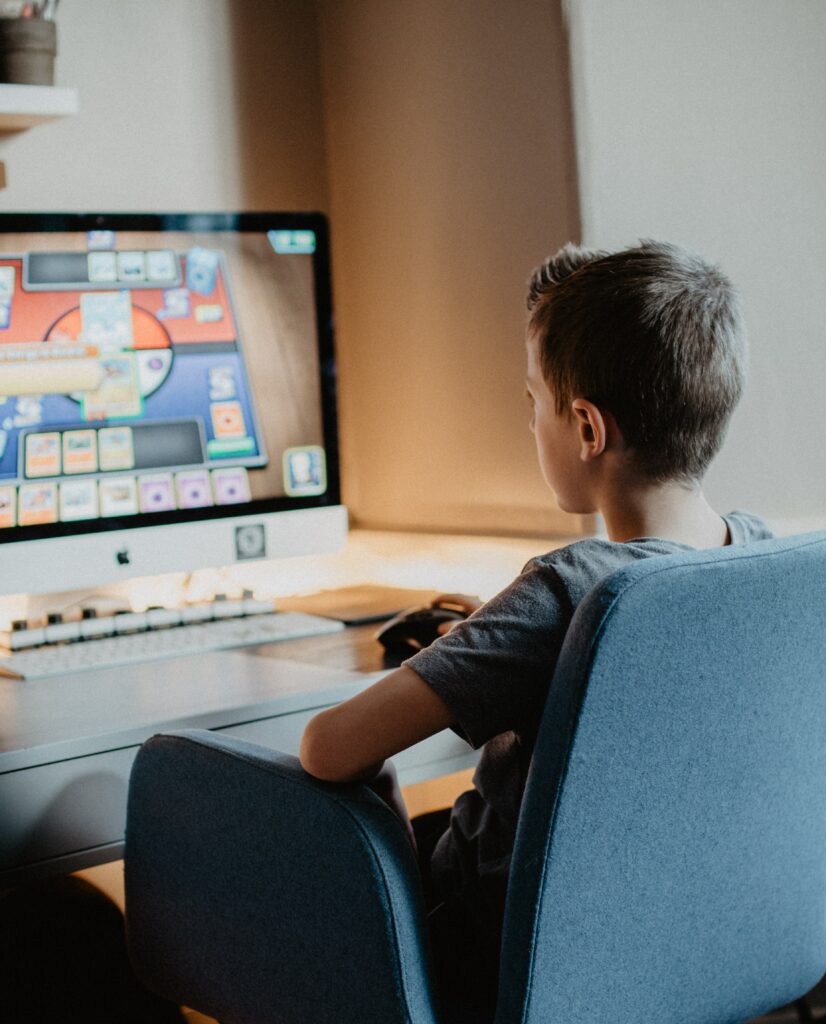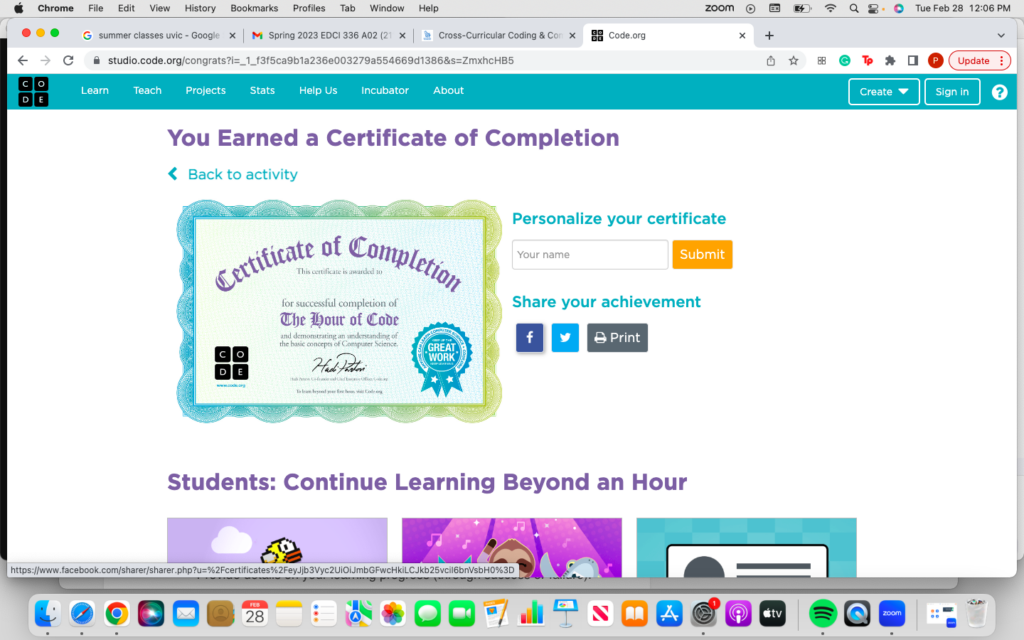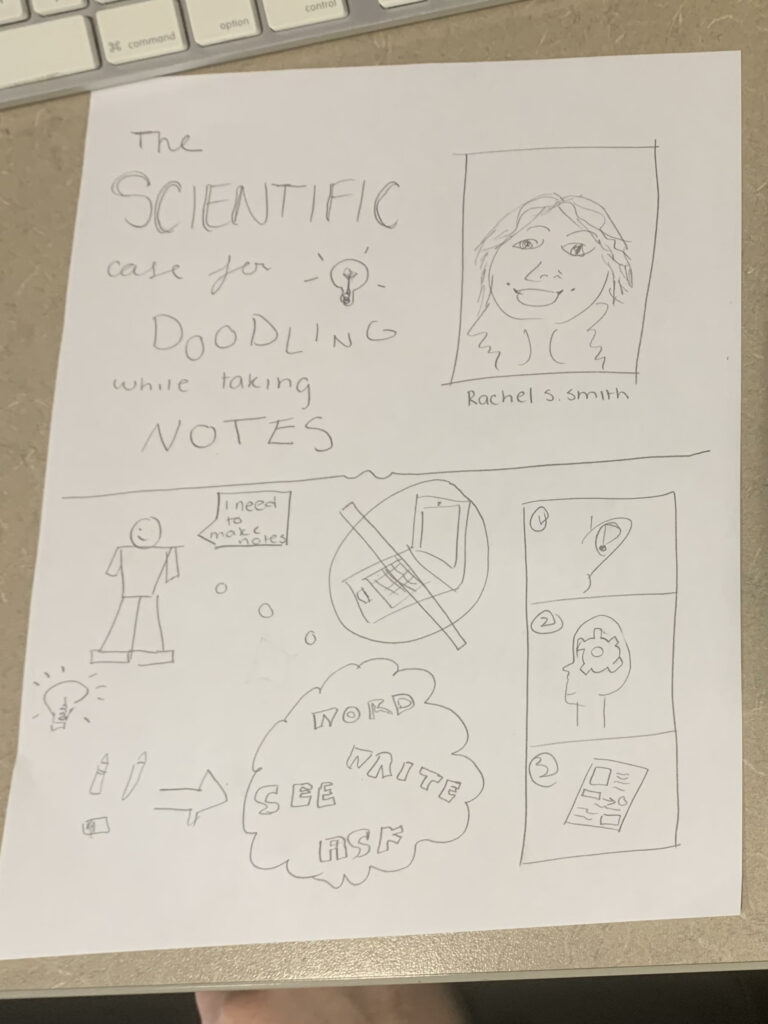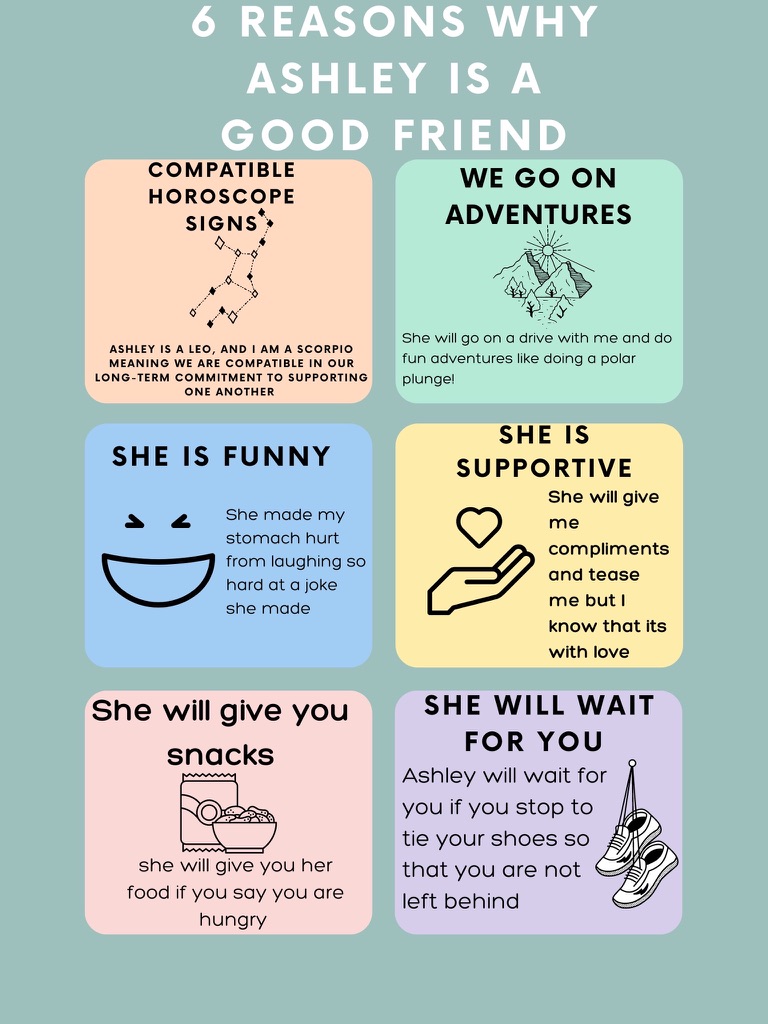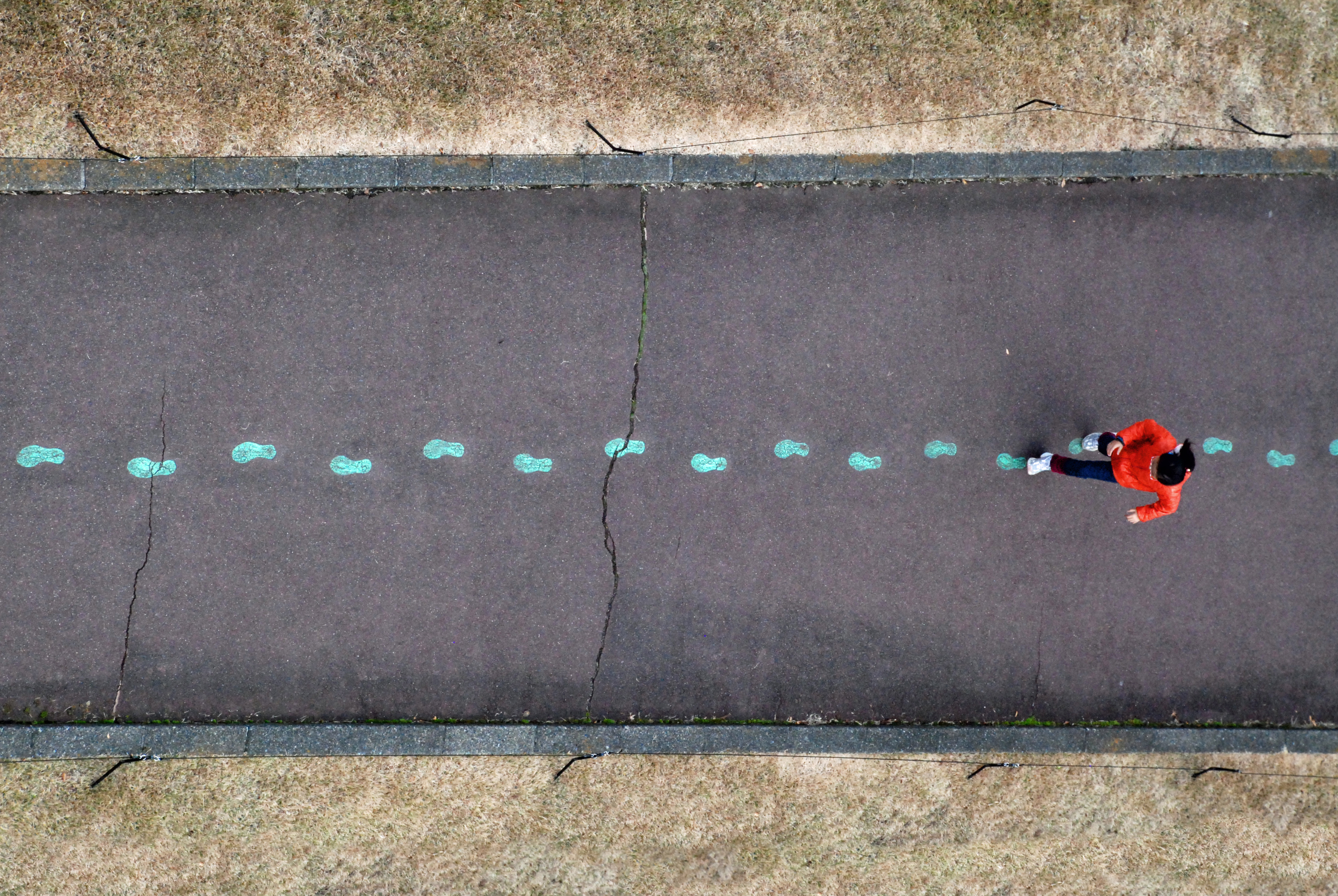Reflecting on this week’s prompts of gaming within education and how these types of games are useful in teaching students through manipulatives of technology, I learned that games can be shown in all subject areas and even showcase as a way of learning new information…..but what about the cons of games as well.
Games are known to be fun and engaging activities that the majority of students at the elementary-high school level invest their personal time into. Some games are more informational than others and can be directly targeted for school-based use, such as “cool math games”, any kind of board games, or dice and card games that can be applicable for teaching students math in a more appealing way. I believe that incorporating games into lessons is important because it highlights the use of recall memory or pattern recognition. It can also be informational in the game we tried during class, the “Bad News” game that informed whoever was playing of fake news using big and popular titles such as the president of the United States, Joe Biden, or big corporations such as NASA. Of course, games can also be a bit dangerous in finding information that younger students should not have access to or those types of games that promote aggressive behaviour that a student could impersonate into their own behaviour that causes later problems.
There is also a discussion of the award system through those online games. Games can provide healthy competition amongst students, and with online games, the reward for winning is usually not a physical object and more so a colourful big letter picture expressing “WINNER” or “TOP SCORE” that generates the use of rewards in a more stable way I think just because every student can achieve a score or be a winner if challenging themselves, in which for teachers can be super helpful in motivating all students. This can also backfire and cause unnecessary competition or behavioural problems in students that could possibly result in doing games as a leeway to grab students’ attention and, therefore, not be as educational.
As games can be beneficial to learners in promoting informational websites or providing learning tools for different subject areas, teachers should be aware of how they are using games within the classroom and make sure there is a specific objective that connects to the learning aspect. Super fun playing all the games during class, and I felt like I gained a new perspective on gaming within the education system.
